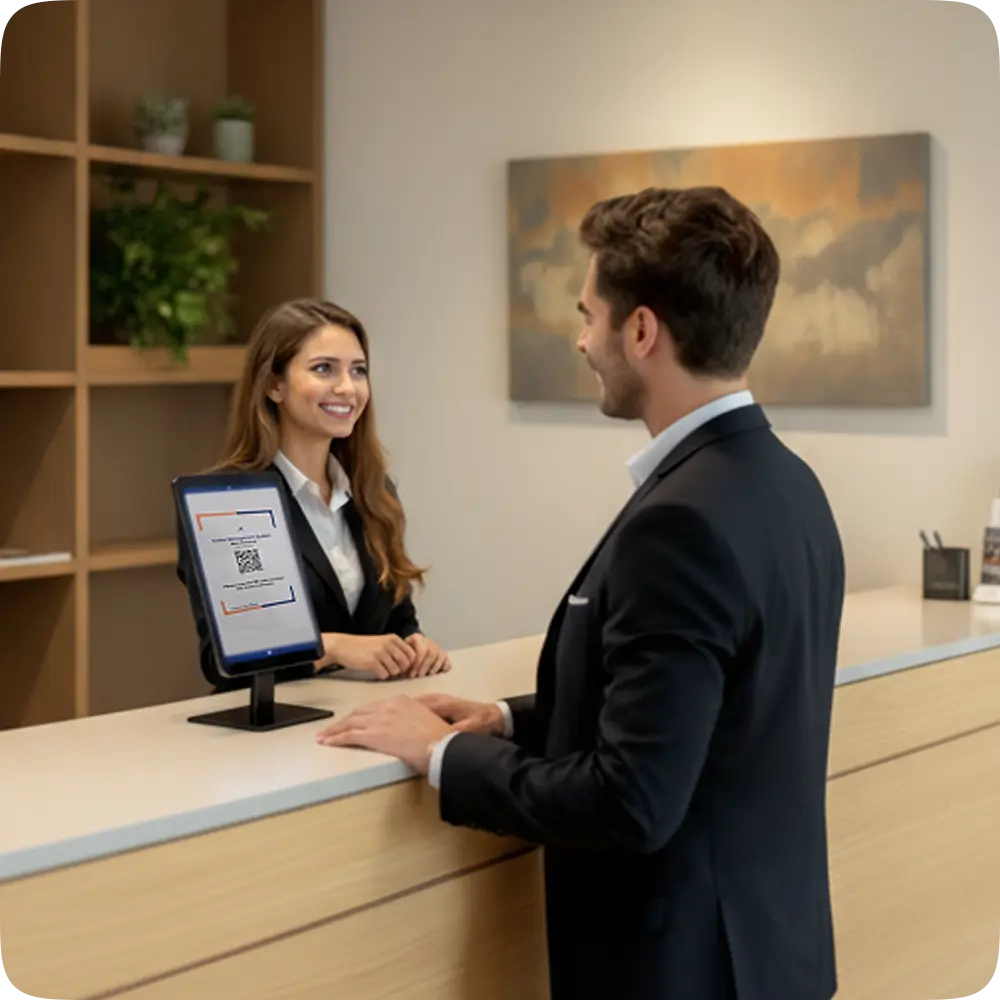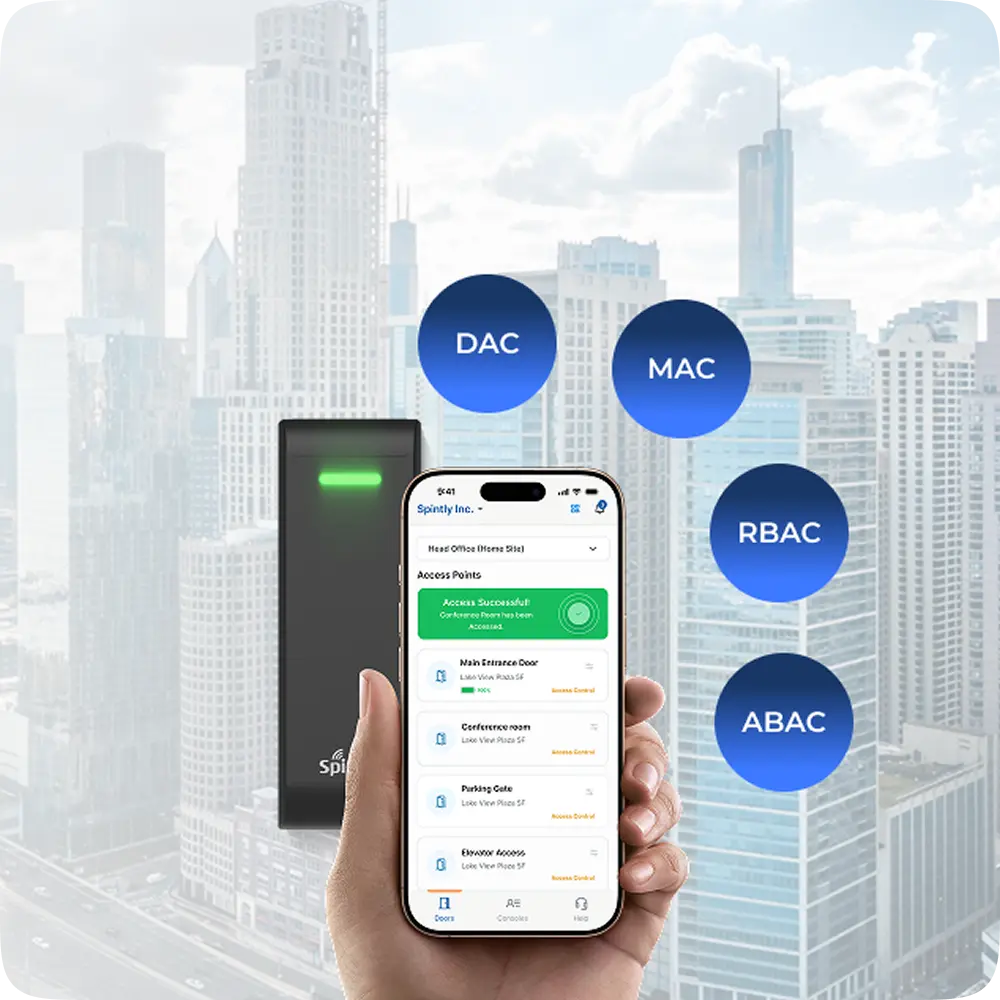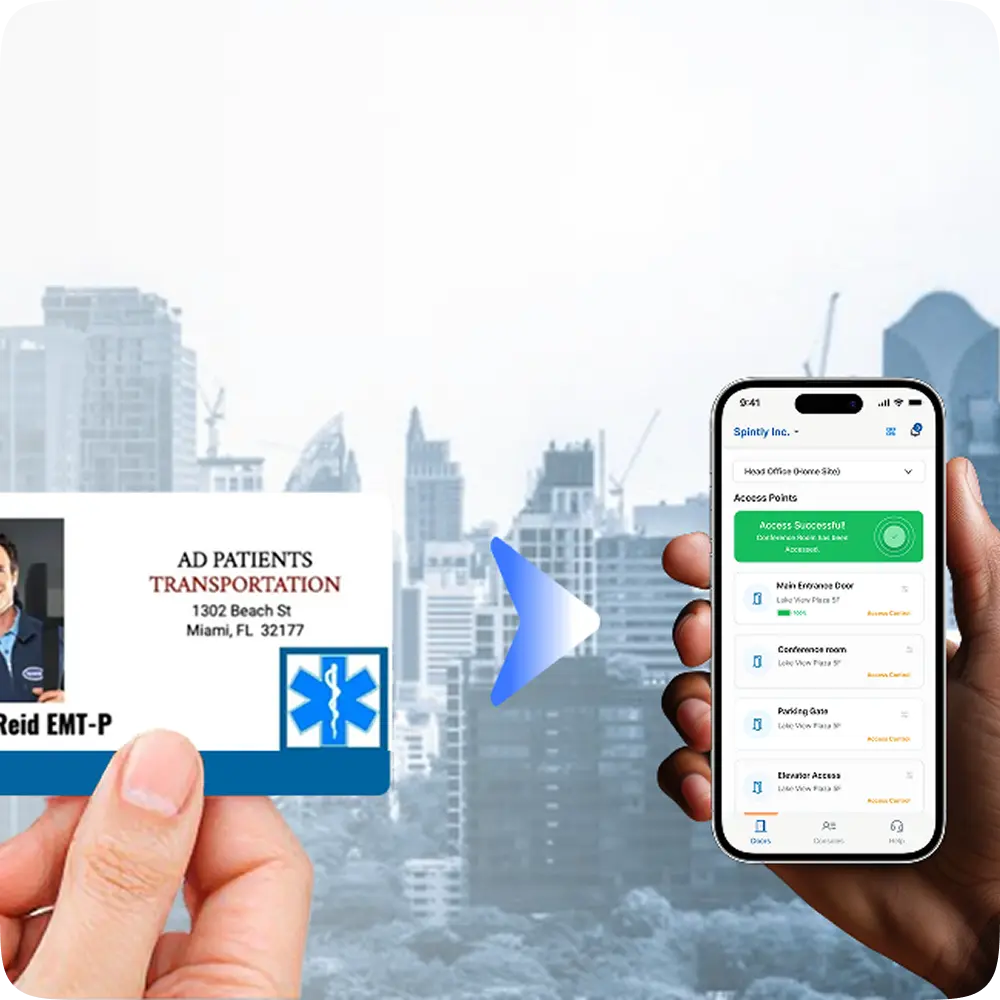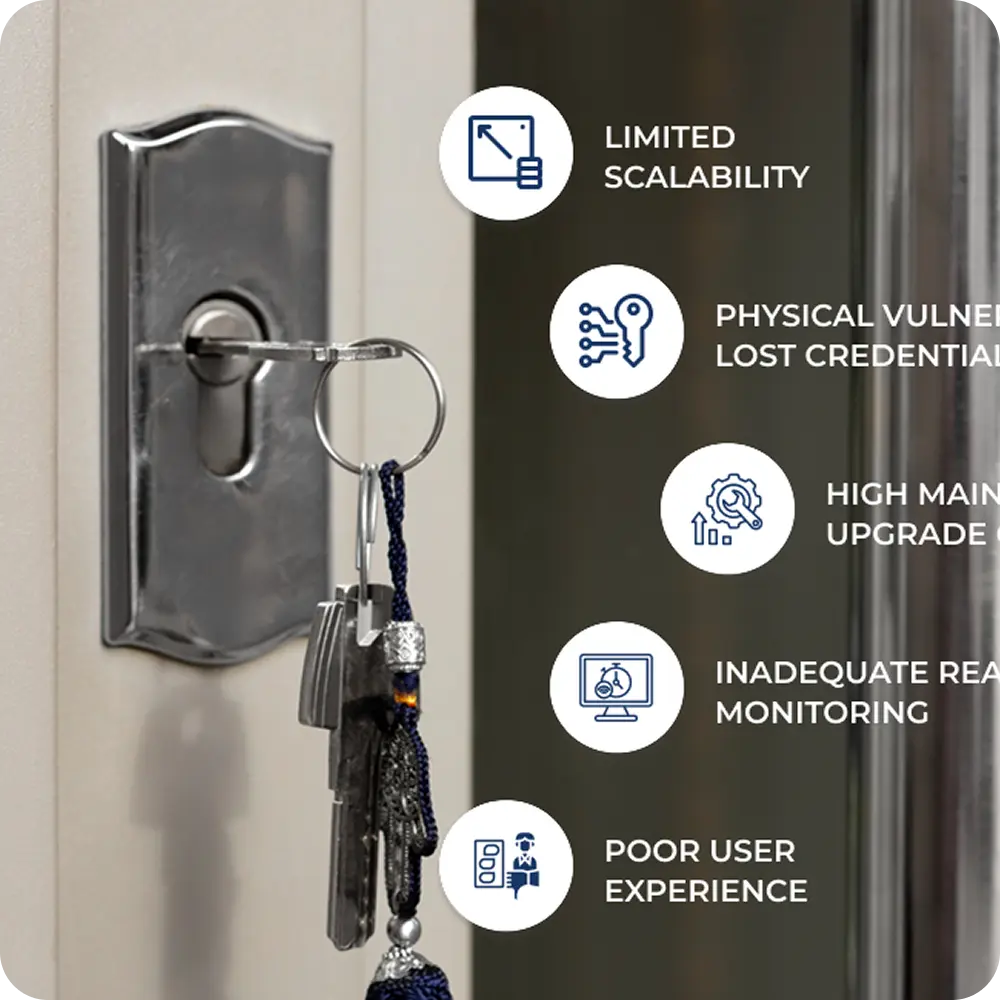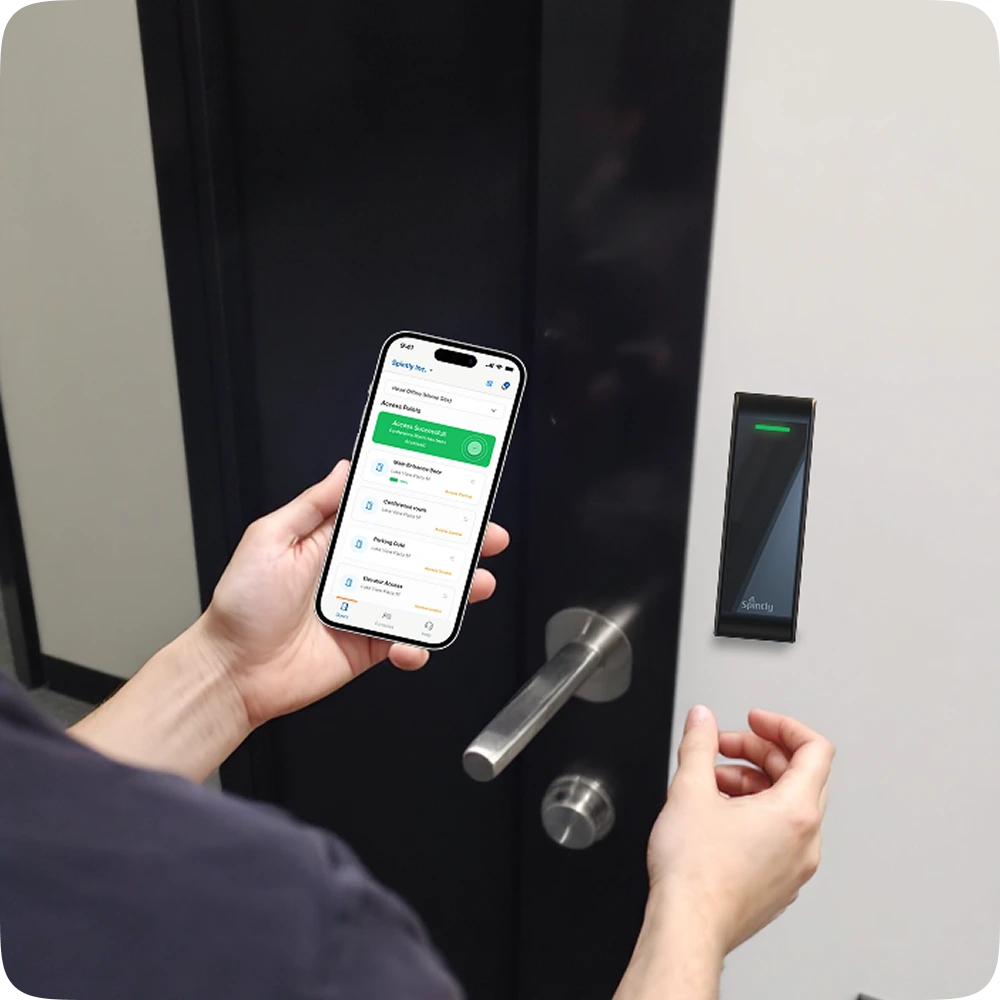In today’s fast-paced, security-conscious world, welcoming visitors into your workplace is more than just offering a friendly smile. It’s about creating a secure, seamless, and professional experience from the moment they step through your doors. That’s where the integration of a Visitor Management System with your Access Control infrastructure becomes not only valuable but essential.
As organizations adopt more advanced digital software for security and workforce management, the traditional logbook at the reception desk simply doesn’t cut it anymore. Enterprises now need smarter systems that can streamline visitor authentication, improve building security, and offer real-time visibility into who is onsite — all while delivering a positive visitor experience.


